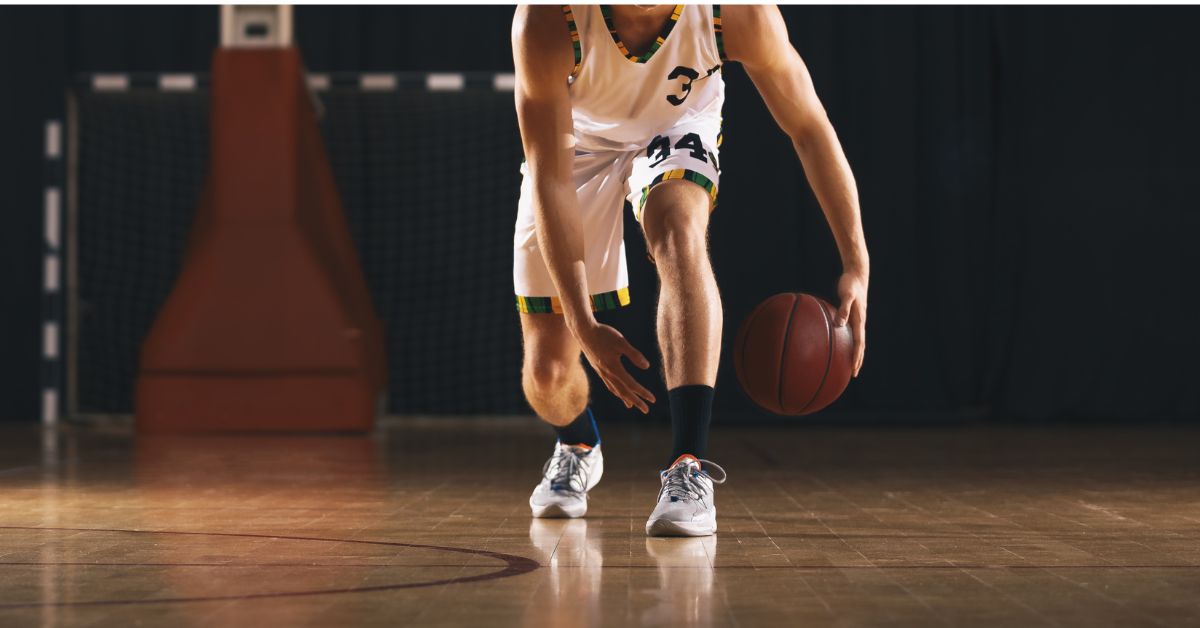During the 2023-2024 school year, our small private gym embarked on a “test run” with Viterbo University in La Crosse, Wisconsin to supply strength and conditioning staff to facilitate and write weight training programs for all their athletes. This was meant for us to get established, build relationships with teams, and establish a strength and conditioning program. The performance culture we walked into was one of very few team lifts; instead, there was a “lift on your own” mentality, which created spotty attendance, lack of coaching, and limited adherence to programs (if at all).
That first year we had instant success in creating team lifts for softball and baseball, and now other coaches are wanting in after seeing the culture that was created with high energy, motivation, accountability, and overall gains in strength, power, and speed.
Starting this school year (2024/2025), the Men’s Basketball coach wanted to change his program and, in July, enlisted our services to run the strength and conditioning program in a team lift setting. This was the time to build a program, and realistically, one chance to do it right and do it well to ensure buy-in from all parties involved. During basketball training camp in July, we established five baseline tests:
- Vertical Jump
- 4x Reactive Jumps
- BB Back Squat
- BB Bench Press
- Chin-ups for reps
What We Did: Concept of Program
With the baselines set, we began to create a program to start in August. If you read any of my other articles, you know I’m a big supporter of the APRE program by Bryan Mann during off-season training (you can learn about APRE in my article here). Essentially, my strength and conditioning program through the off-season, pre-season, and in-season goes as:
- Off-Season: APRE 10, 6, 3. 3-4 weeks devoted to each phase.
- Pre-Season: 2-6 weeks spent in each phase.
- In-Season: Oscillatory/High speed or undulated training. 4-8 weeks devoted to each phase.
We had 8 weeks to get the basketball team ready, and many didn’t really train that much between testing in July and August. So, we did a second round of testing the first week in late August, when school started, to see who had been training and establish accurate data.
Normally, with 6-8 weeks left before beginning a season, it would be ideal to start pre-season training and go right into Triphasic; however, as mentioned, most of the team hadn’t done a lot of training over the summer and many were undersized. I decided to stick with APRE and do 3 weeks of APRE 10 and APRE 6, then focus on the Concentric Phase of Triphasic once the season started. The feedback I received from the athletes was positive in terms of the concept of APRE going for max effort on the last two sets and giving it their all every session, so the buy-in occurred quickly.
The feedback I received from the athletes was positive in terms of the concept of APRE going for max effort on the last two sets and giving it their all every session, so the buy-in occurred quickly, says @Mccharles187. Share on XI still wanted to include plyometric training to help work on vertical jumps and ground contact time, so after warming up/core work, we did variations of jumps, hops, bounds, and medball throws before going into the main lifts. This allowed dedicated time to work on power/explosiveness and avoid getting fatigued by doing it ahead of APRE training rather than after.
The general structure of the workouts looked like this:
- Warm-up (we call it a RAMP)
- Core work
- Power/explosiveness work
- Lower body plyometrics
- Upper body med ball throws
- APRE
- Day 1: Back Squats
- Day 2: Bench Press
- Day 3: Hex Bar Deadlift
- Accessory work
- Stretching/Breathing drills
This structure allowed us to complete the workouts in 60-minutes or less, making the sessions efficient and focused.
How it Worked
The Results? You can check out the data for yourself. These are taken using the Bridge Athletic app where the athletes’ workouts are housed, and data is stored. These are team averages.
1. Average 4x Reactive Jump Test: .365s –> .344s (-.021s faster on average)
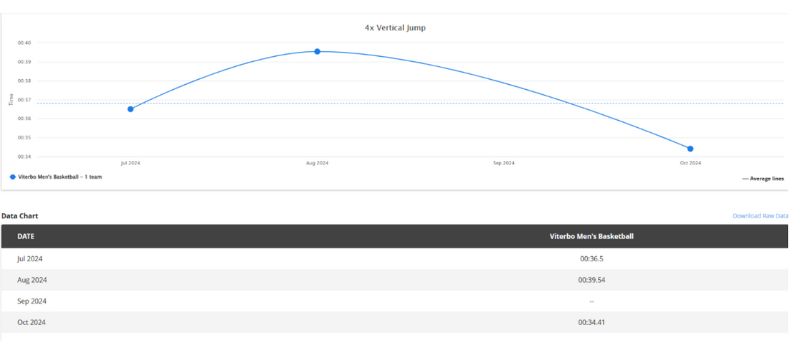
2. Average 1RM BB Back Squat: 293lbs –> 317lbs (+24lbs increase on average)
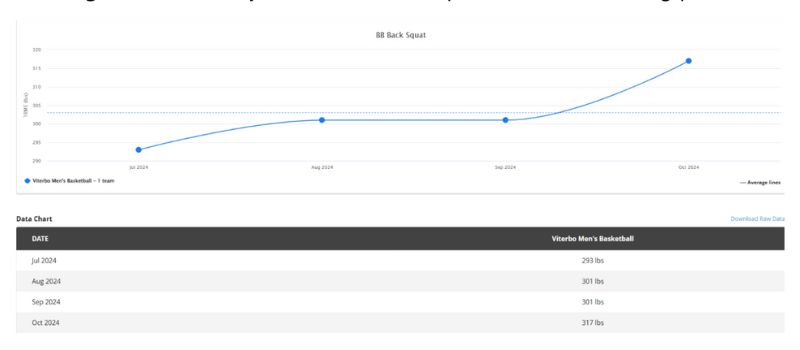
3. Average 1RM BB Bench Press: 193lbs –> 202lbs (+9lbs increase on average)
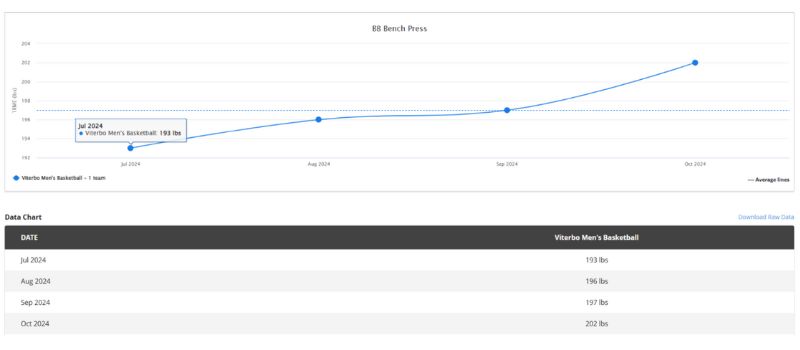
4. Average Chin-ups for reps: ~12 reps –> (14 reps ~2 reps increase on average)
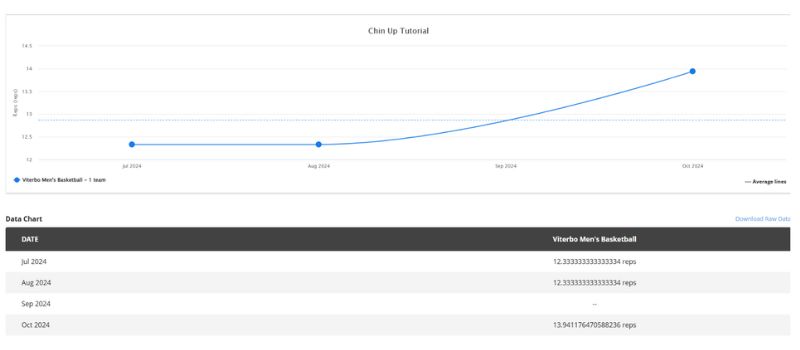
5. Average Vertical Jump: 27.85in –> 29.54in (+1.69in increase on average)
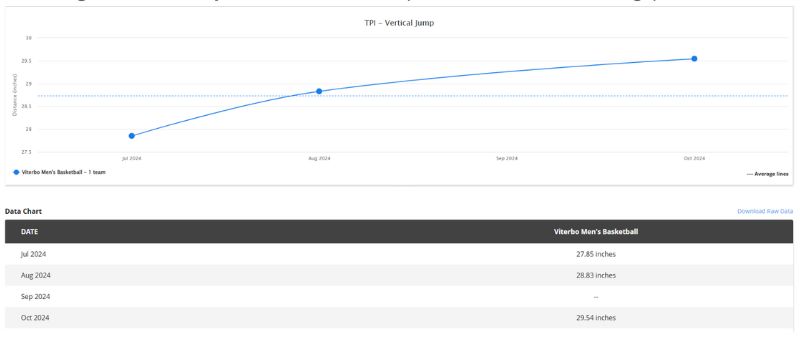
Discussion
The data presented promising results that I’m really happy with. I was honestly surprised how much the average vertical jump increased. The strength exercises were about where I expected to see, except the chin-ups—I thought we’d be gaining about 5 reps more on average, but it’s still an improvement and on the right track.
The data point I was least excited about was the 4x vertical jump results. Granted, this still improved overall and we had lower ground contact time by the end; but, it was a pretty small improvement on average. If there’s anything I’d go back and change, it would be more time spent on reducing ground contact time—at the end of the day, speed is the name of the game. It may sound like I’m being hard on myself, but I’m always looking back how to make programs even better.
With the increase in vertical jump, force production, and reaction time, these results will allow the players to reach higher for jump balls, better react to explosive movements, and be able to hold their ground on the floor. Share on XWith the increase in vertical jump, force production, and slightly better reaction time, these results will allow these guys to reach higher for jump balls, better react to explosive movements, and be able to hold their ground on the floor for both offense and defense to avoid hard falls. The increase in strength and power translates to stronger muscles and tendons, allowing the athletes to handle higher workloads in games and practice to avoid overuse injuries and get more out of each game and practice. The ankles, knees, and back tend to be common sites for injuries or ailments with basketball players, and this program focused on that from an injury prevention standpoint with the combination of plyometrics and strength training.
Lesson Learned and How to Replicate for Your Situation
The head coach was really impressed with the results, loved the higher energy in the team lift environment, and we’re looking to carry that culture into practices as we go into the season. There’s still work to do with the team, as they are a young group, so we will continue to push high energy, accountability, and high effort with everything they do.
If you are a small private facility and looking to add value to a high school or college athletic program and provide a similar service, here’s what I’d recommend.
- Have 2 staff members dividing mornings and nights: We had two primary staff members working part time in a split-shift setting for Viterbo: myself in the morning sessions and my co-worker, working evenings. This allowed us to provide 8+ hours of coaching/availability for Viterbo but maintain a healthy work balance as we needed to maintain staffing hours at our gym without having to hire a separate coach and increase payroll. For me, my schedule would be 6:00am-9:00am at Viterbo, then our gym from 9:30am to 2-4pm with my coworker starting her day between 8:30am-10:00am until 1:00pm or 2:00pm at the gym then finishing her day from 3:00pm-7:00pm at Viterbo.
- Have a Director/Manager that’s organized and supportive: Having a director/manager ensures everyone is scheduled where they are supposed to be, ensuring we are organized, and provides support.
- Have administration from both parties on your side: Our athletic director at Viterbo has been very supportive of us and encourages each of the head coaches to utilize our services. Having both parties on the same page about: the culture we want to create, acquiring equipment we need, and setting policies and procedures for the weight room schedule has been paramount to our success.
Since you’re here…
…we have a small favor to ask. More people are reading SimpliFaster than ever, and each week we bring you compelling content from coaches, sport scientists, and physiotherapists who are devoted to building better athletes. Please take a moment to share the articles on social media, engage the authors with questions and comments below, and link to articles when appropriate if you have a blog or participate on forums of related topics. — SF

